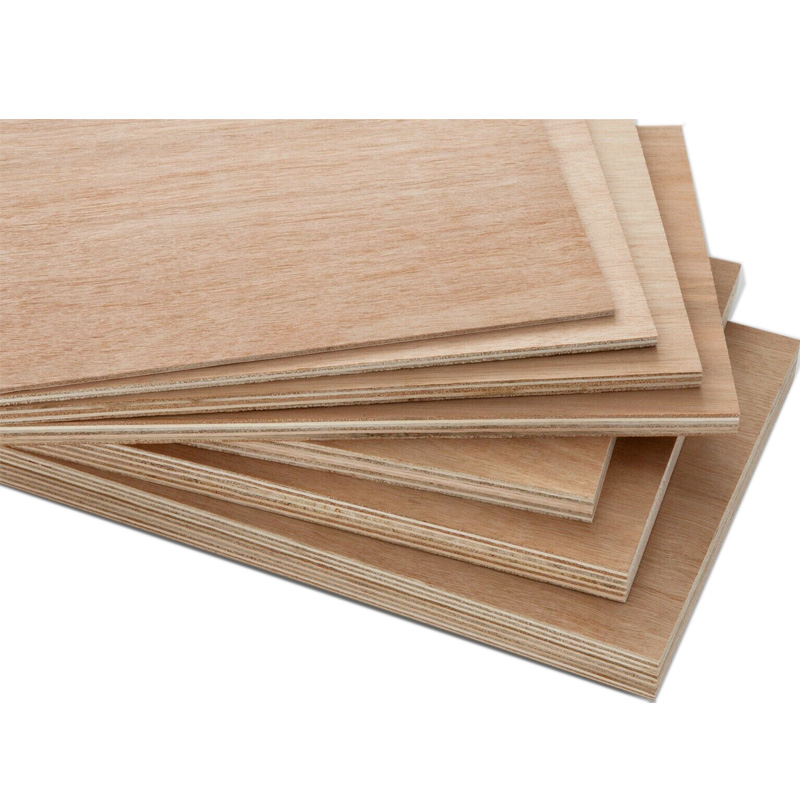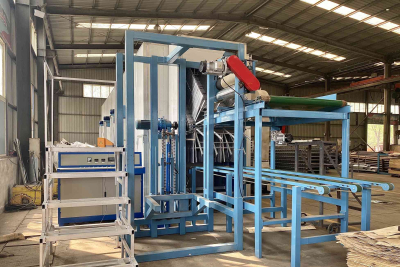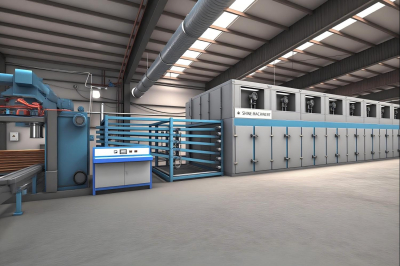Why Uneven Moisture Impact Plywood Production?
Why Uneven Moisture in Dried Veneers Significantly Impact Plywood Production?
The uniformity of moisture content in dried veneers is a critical factor in plywood manufacturing, directly affecting bonding quality, dimensional stability, and production efficiency. Here’s a detailed breakdown of its impacts:
1. Bonding Quality and Glue Curing
Adhesive Penetration & Solidification
Thermosetting adhesives (e.g., UF/PF) require uniform moisture to activate and cure properly. Overly dry veneers absorb excessive glue, leading to weak bonds, while overly wet veneers generate steam during hot-pressing, causing blisters or delamination.Localized Weak Spots
Inconsistent moisture creates uneven curing rates, resulting in areas with strong adhesion alongside zones with poor bonding, compromising the plywood’s structural integrity.
2. Dimensional Stability & Defects
Warping and Internal Stress
Variations in moisture content cause unequal shrinkage during cooling and post-pressing. This induces internal stress, leading to warping, twisting, or surface irregularities.Thickness Inconsistency
Wetter spots compress more under pressure, causing uneven thickness and density across the panel, which affects precision in applications like furniture or construction.
3. Production Efficiency & Costs
Unstable Process Parameters
Inconsistent moisture forces frequent adjustments to hot-pressing temperature, pressure, and time, reducing production efficiency and increasing the risk of batch defects.Higher Energy and Adhesive Consumption
To compensate for moisture variations, extended pressing time or higher temperatures are often needed, raising energy costs. Extra adhesive may also be required to prevent dry zones from failing.
4. Key Moisture Content Metrics
The ideal moisture content for veneers typically ranges between 6%–10% , with:
Variation between veneers in the same batch: ≤1.5%
Variation within a single veneer sheet: ≤0.5%
Species like pine require tighter control (8%–10%) due to their porous structure, while birch can tolerate slightly lower ranges (6%–8%).
5. How to Ensure Uniformity?
Optimized Drying Process: Use multi-stage drying (e.g., high humidity for initial drying, slow drying at lower temperatures for moisture balancing).
Advanced Equipment: Employ dryers with even heat circulation (e.g., vertical airflow systems) and real-time moisture monitoring.
Conditioning: Allow dried veneers to rest in a controlled environment for 24–48 hours to equalize moisture before pressing.
In summary, uniform moisture content is not just a technical detail—it is foundational to achieving high-strength, stable, and cost-effective plywood. As a industry principle states: “The quality of drying determines 70% of the plywood’s final performance.”






